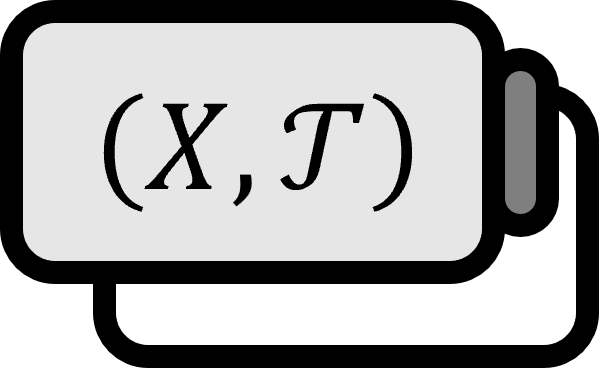Wirtinger Inequality and Tietze Extension Theorem
Theorem
Urysohn’s Lemma 1
If $X$ is a normal space, then for all closed sets $A \cap B = \emptyset$ and $A, B \subset X$, there exists a continuous function $f:X \to [0,1]$ that satisfies $f(A) = \left\{ 0 \right\}$ and $f(B) = \left\{ 1 \right\}$.
Tietze Extension Theorem 2
In a normal space $X$, for a closed set $C$, if $f : C \to \mathbb{R}$ is continuous, then there exists a continuous function $F : X \to \mathbb{R}$ that satisfies $F |_{C} = f$.
Description
Urysohn’s Lemma is mobilized in all kinds of fields using topology, which is quite topologically characteristic from the wording alone.
Tietze Extension Theorem is a theoretical foundation that is frequently used in real function theory (probability theory), so much so that it is not even specifically called a theorem.
However, since being a normal space is a condition, these theorems are not easy to apply directly. That’s why, in general topology, a great deal of effort is expended to demonstrate the normality of a space.
- (1): Metric spaces are normal spaces.
- (2): Compact Hausdorff spaces are normal spaces.
- (3): Lindelöf regular spaces are normal spaces.
The relationship between spaces with separation properties can be depicted as follows.

The fact that a space is a normal space essentially means that it possesses almost all separation properties. Even if there are bizarre spaces like $T_{1.5}$ or $T_{3.5}$, using such notation means $T_{4}$ has these properties.
